There are many ways to combine three sports and train for a triathlon. Whether this is your first race or you have already a few seasons under your belt, here’s a simple approach that will ensure you’re ship shape in twelve weeks, without resorting to expensive tools and leaving room to mix it up from week to week
Week 1-3: Studies show that it takes 21 days to build a habit, so weeks 1-3 are all about building the routine of your training regime. Don’t think past Day 21 and focus simply on executing each day’s training to your best abilities.
- 1) Aim for 4 – 5 short, easy training sessions per week.
- 2) If you’re new to swimming, keep your efforts short, but with many repetitions and lots of rest in between.
- 3) Establish a routine that ensures you don’t take two days off training in a row.
- 4) Each week, add a little volume to each session so that by the end of Week 3 you are roughly at the maximum time limit you want to consistently spend in the next 9 weeks for that session on that day.
- 5) Use the tools available at your gym (treadmill and spin bike) to help ensure consistency if the weather is bad.
Weeks 4 – 6: Now that you’ve established the routine and structure of your workouts, let’s add some triathlon-specific workouts to the mix.
- 1) On the day you have most time, include a transition workout in your training: Either go for a bike ride and a short jog after to get used to running off the bike (can all be done indoors), or head 2) to the pool and immediately after your swim, do an indoor or outdoor cycle or run. Both sessions will teach your body to make the switch from one sport to the next on race day.
- 3) Use the tools at your disposal! Hop on a spin bike once a week and crank out a set of very short (one minute) but very hard efforts with low cadence (pedal turnover) and equal rest. This builds 4) your cycling strength quickly.
- 5) Use a treadmill and focus on running at a high stride rate (steps per minute, per leg). Aim for over 90 steps per leg per minute. This way you teach your triathlon legs, already tired from cycling, to “break up the work” of the run into more but smaller pieces. You can focus on this outdoors, too.
- 6) In your swim training, start using some very small paddles (size of your palm) to build strength in your swim muscles. And yes – DO use a pull buoy, especially if you are a weak swimmer. Swimming is difficult enough when you are new to it, and a pull buoy helps you position yourself properly in the water, without additional effort, so that you can focus better on your stroke. Finis makes some great “finger paddles” for neophyte swimmers.
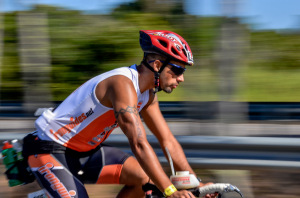
Weeks 7 – 9: Let’s spice it up a bit! You’ve got six weeks of consistent training under your belt, so now it’s time to throw in a little higher effort.
- 1) Once a week in each sport, add in some hard efforts to your training mix.
- 2) In the run, aim to complete a set of 60-90 second efforts with equal rest, making each one faster than the last. Stop and cool down when you can no longer hold the pace of the previous effort.
- 3) On the bike, ride the final third of your transition bike hard – as if you were racing. Then do your run after at a moderate pace. At the end of the three weeks, run the run hard.
- 4) In your swim training, start adding a set of short, fast efforts with short rest to the mix. Keep each effort only as long as you can hold technique. Rest only long enough to feel recovered to do it again. Try to make the total volume of this set equal to the length of the swim at your goal race.
Weeks 10 – 11: You’re in the home stretch. Let’s make sure you’ve got all your equipment finalized by the time you enter this phase. You don’t want to try anything new on race day.
- 1) Familiarize yourself with the course and try to simulate in your training rides or on a spin bike or windtrainer what to expect from the hills.
- 2) You don’t need to “go the distance” at race intensity before race day – that’s what race day is all about after all! But if it helps you build confidence, go for it and simulate a moderate effort triathlon of the same distance 2-3 weeks before race day.
- 3) Keep up the consistency of your training. Build up the duration of your intense efforts and reduce the duration of your rest. Avoid the temptation of long, all-out efforts in training. Always leave something in the tank.
Week 12: Race Week! This is it, race week! It’s time to rest up and put the finishing touches to your preparations.
- 1) Contrary to popular belief, don’t over rest! If you have been training on a moderate volume, keep up the frequency of your training but reduce the volume and greatly reduce the intensity.
- 2) Look back on your training and be honest about how consistent you were. If you were ill or took time off, you need to taper (rest) less for your race than if you trained hard these past 12 weeks.
- 3) The weekend prior, just train easy – but do train!
- 4) Three to four days out from the race, take one or two days off, depending on how hard you trained over the past months.
- 5) On the days prior to the race, train very, very easy in each sport. You only need a total of 30 – 45 minutes total training time each day to keep yourself limber and loose for race day. Hold yourself back and think of just “keeping the engine turning over” to keep your body systems prep’d for race day.
That’s it, you’re all set for race day: Put it all together and enjoy the experience! Nice work!!!
–
Train with ironguides!
Personalized Online Coaching: Starting at USD190/month
Monthly Training plans (for all levels, or focused on one discipline): Only USD39/months
Event based training plans:
Sprint Distance (USD45 for 8-week plan)
Olympic Distance (USD65 for 12 week plan)
Half Ironman (R$95 for 16-week plan)
Ironman (USD145 for 20-week plan)
X-Terra (USD65 for 12-week plan)
Running Plans (10k, 21k and 42k – starting at USD40)

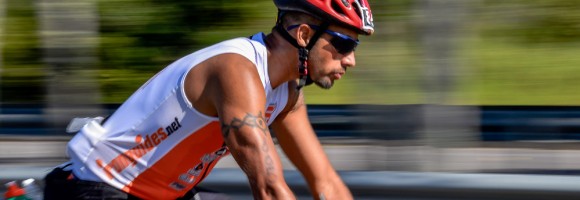



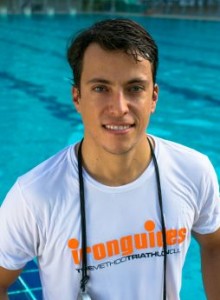

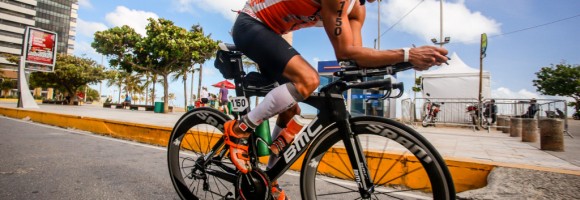
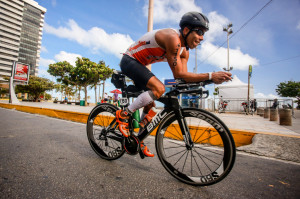

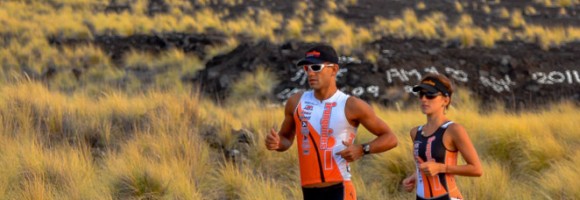
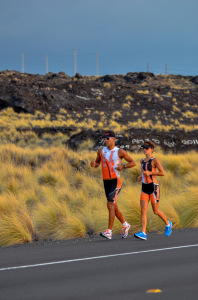
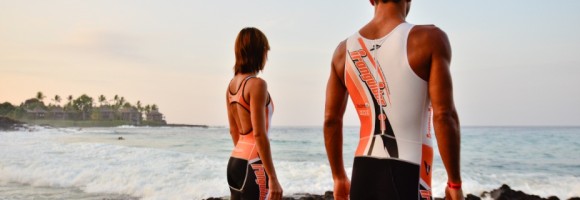

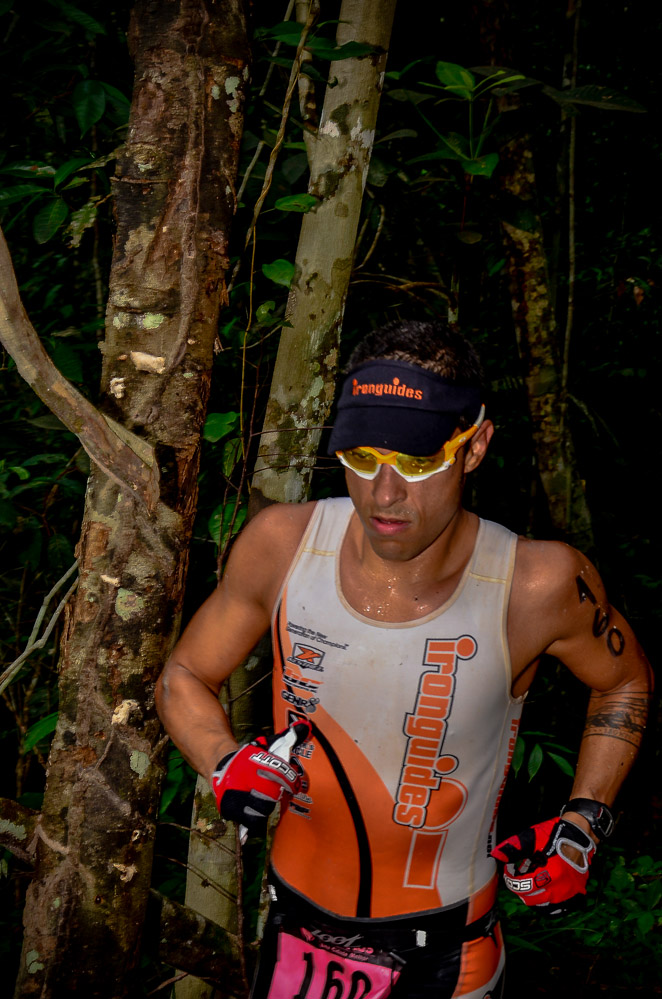

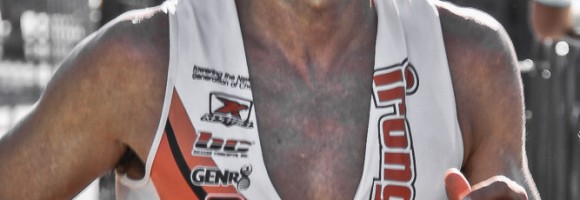
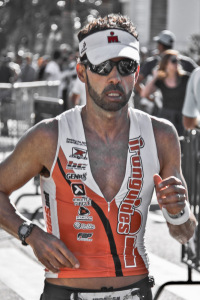

Recent Comments